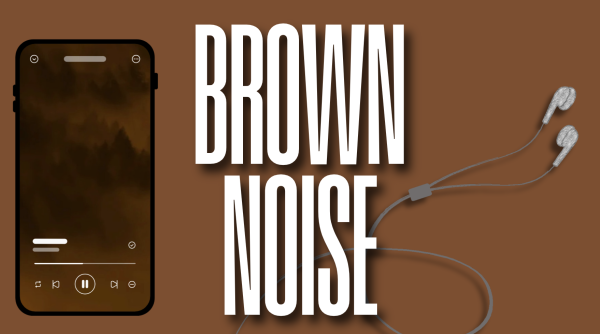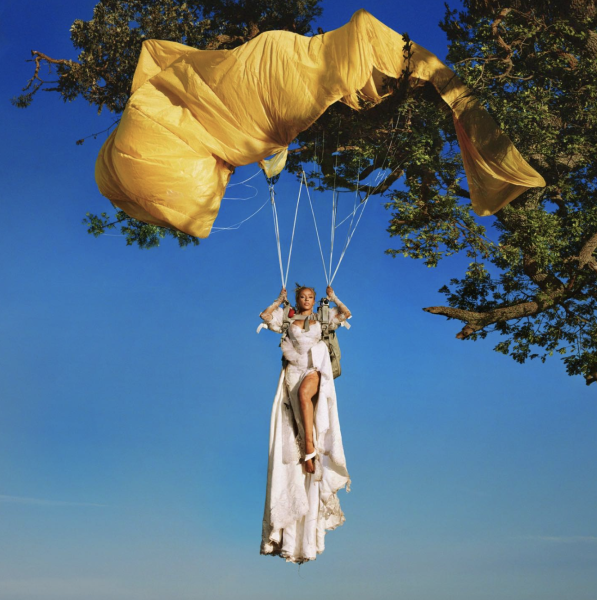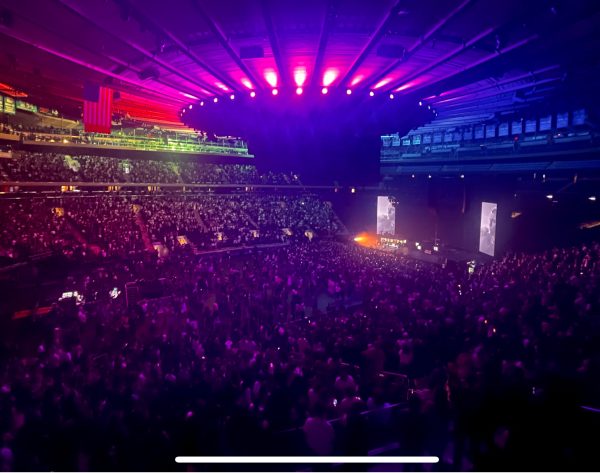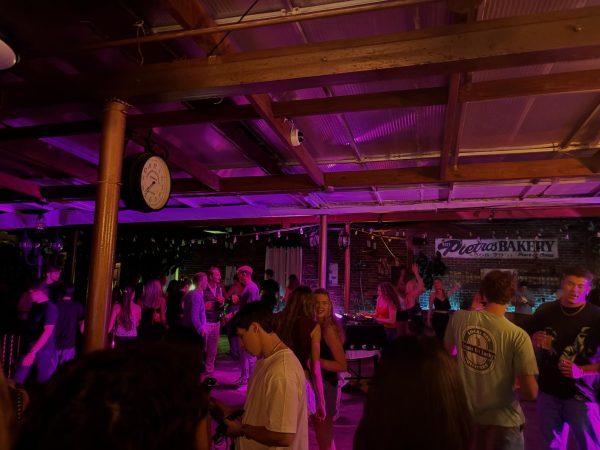November is Hip-Hop History Month
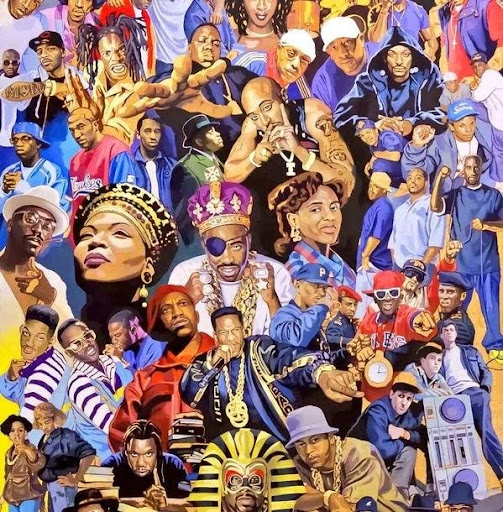
Hip-hop’s origins are in the Bronx, where street gang the Black Spades threw block parties and mixed music. (Courtesy of Twitter)
The cultural phenomenon of hip-hop is not something that we should ignore. Since the genre’s creation over three decades ago, hip-hop and rap have become one of the most popular genres across the world. The top charts, although not completely abandoning their pop favorites, have been dominated by hip-hop. Rappers are to us now what rock stars were to the public in the 20th century, selling out stadiums, living lavish and luxurious lifestyles (broadcasting them for all to see) and taking over the music scene. It is no understatement that hip-hop has exploded over the last few decades. But everything great has had a humble beginning. So where did it all begin?
In the 1970s, new genres in almost every category began to form. Disco, a subgenre of pop, soul, funk, R&B and hard rock, all subgenres of rock and roll, made their appearance in the decade as well. And of course, there was hip-hop.
The creation and popularization of the genre began in the Bronx during a block party thrown by the Black Spades, a street gang and music group from the borough. At the time, the genre consisted of sampling popular songs from other genres, mainly disco and pop, and using a turntable to record over those samples and cut them short, loop them together or add a new beat over it. Then the drum machine was introduced which helped DJs record and sample older music, specifically from blues, disco and jazz.
As a genre, hip-hop was not available to everyone, especially not on the radio, until late 1979 because it was solely popular in African American, Caribbean and Hispanic communities in the U.S. The style was very consistent at the time: sampling older music and supplying it with lyrics about parties. This is now known as old-school hip-hop. In the 1980s, the genre began to diversify with a new stylistic approach thanks to the use of synthesizers, bringing the genre into the new-school age of hip-hop, lasting until the mid-80s.
The mid-1980s and 1990s were when the genre began to dominate the music scene. The Golden Age of Hip-Hop refers to the period of time, about 10 years, when the genre began to take on many different forms. New rappers, mostly from New York City, began to take on the stage, including Biz Markie, Public Enemy, Wu-Tang Clan, A Tribe Called Quest, Notorious B.I.G. and Tupac. Each artist had different styles which was the most important and revolutionary aspect of the Golden Age. Every single and album was different from the other.
The subgenre of gangsta rap came out of the Golden Age, where the East Coast vs. West Coast feud began. As rap became more popular, new styles of the genre began to emerge across the country. Southern California, specifically Compton, saw a particularly large rise in the genre and rappers. Groups like N.W.A, whose members include Dr. Dre, Ice Cube, Eazy-E, MC Ren and Arabian Prince, and their first album, “Straight Outta Compton,” established the subgenre with their lyrics about growing up in the inner city. More groups began to replicate this style from both coasts, starting a feud between fans over which side was better. The most famous feud of them all included two rappers from New York City, Biggie and Tupac (who relocated to San Francisco in the 1980s). The death of Biggie signified the end of the Golden Age and the start of the Bling Era.
The “Bling Era” of rap and hip-hop lasted from the late ’90s until the mid-2000s, consisting of rappers wearing an abundance of jewelry and showing off their money and success. Prominent rappers during this time include Jay-Z, Nelly, Puff Daddy and Fat Joe. Shortly after this era, the “Crunk” era began, consisting of “party music,” playing in nightclubs and at parties.
Starting in 2014 and spanning until the present day is the trap era of hip-hop. The stylistic changes of the subgenre consist of double or triple metered high hats, a drum machine and a synth, ranging from a variety of topics such as mental health struggles to money and success. Artists like XXXTentacion, Young Thug, Kodak Black, 21 Savage and Fetty Wap are just a few of the most prominent examples.
Even though rap has changed from its genres in the 1970s, there is no denying that its origins in the Bronx have been influential in the explosion of the genre. The small block parties in the Bronx began a revolutionary change in the music industry and has affected popular culture in almost every aspect.









































































































































































































